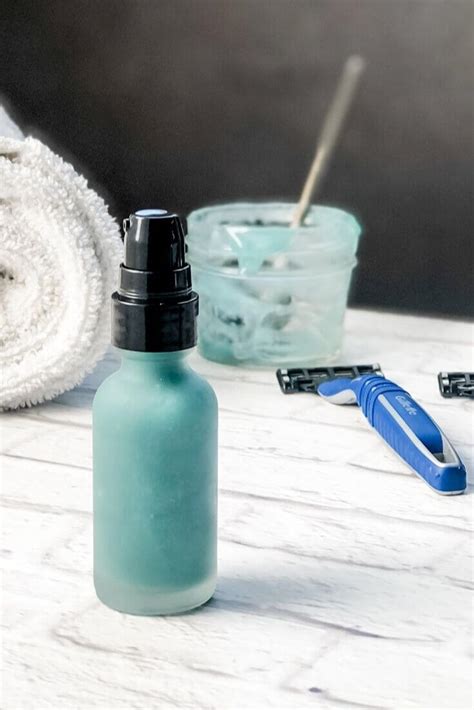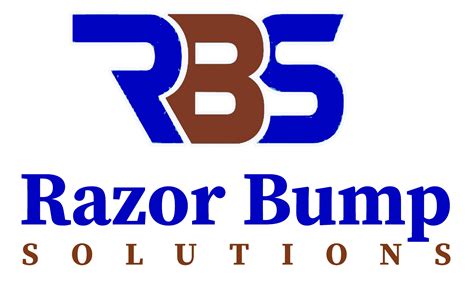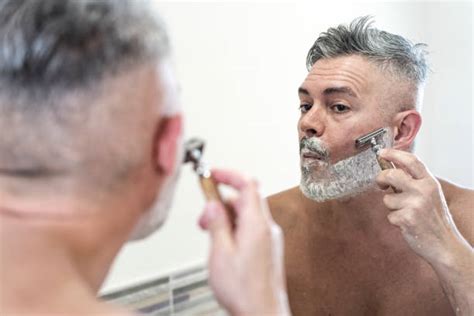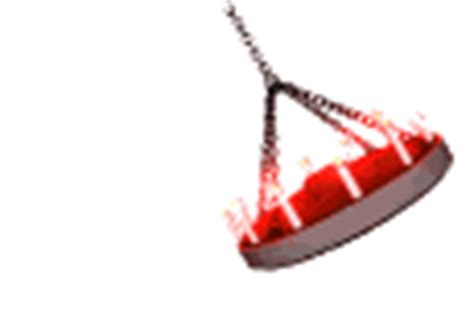Elite grooming: What’s the optimal strategy to prevent razor burn and ingrown hairs?

Mastering the Art of a Smooth, Irritation-Free Shave
Razor burn and ingrown hairs are the bane of many grooming routines, turning what should be a refreshing experience into a source of discomfort and unsightly bumps. For those aiming for elite grooming standards, achieving a consistently smooth, irritation-free shave isn’t just about the right razor; it’s about a holistic strategy that encompasses preparation, technique, and post-shave care. Let’s delve into the optimal approach to banish these common nuisances for good.

The Essential Pre-Shave Ritual: Setting the Stage
The foundation of a perfect shave begins well before the blade touches your skin. Proper preparation softens the hair and skin, making it easier for the razor to glide smoothly and reduce tugging.
- Exfoliate Gently: 1-2 times a week, use a mild facial scrub or an exfoliating wash. This removes dead skin cells that can trap hairs, leading to ingrowns, and helps lift the hairs for a closer shave.
- Warmth is Your Friend: A hot shower or applying a warm, damp towel to the area for a few minutes before shaving helps to open pores and soften both hair and skin. This makes the hairs less resistant to cutting.
- Pre-Shave Oil: For an extra layer of protection and glide, apply a few drops of pre-shave oil. It creates a barrier between your skin and the blade, minimizing friction and irritation.
The Shave Itself: Technique and Tools Matter
Once your skin is prepped, the shaving technique and the tools you use become paramount.
Choosing Your Weapon:
- Sharp Blades Are Non-Negotiable: A dull blade is the primary culprit behind razor burn and tugging. Replace cartridge blades after 5-7 uses, and safety razor blades even more frequently, depending on your hair type and shaving frequency. Consider a high-quality single-blade safety razor; many find it reduces irritation compared to multi-blade cartridges as it causes less pulling and less cutting below the skin surface.
- Quality Shaving Cream/Soap: Ditch the aerosol cans if you can. Invest in a rich, lubricating shaving cream or soap that creates a thick, protective lather. Apply generously and allow it to sit for a minute or two to further soften the hairs.

Mastering the Stroke:
- Shave With the Grain (Mostly): For sensitive skin or areas prone to ingrowns, always shave in the direction of hair growth. For a closer shave, you can do a second pass across the grain, but avoid shaving against the grain entirely if irritation is a major concern.
- Light, Short Strokes: Let the razor do the work. Apply minimal pressure and use short, controlled strokes. Rinsing the blade after every 1-2 strokes prevents buildup and maintains efficiency.
- Stretch the Skin (Gently): Lightly stretching the skin taut can help the blade glide more smoothly over contours, but avoid overstretching, which can lead to irritation.

The All-Important Post-Shave Protocol
The job isn’t done when the last hair is cut. Post-shave care is crucial for calming the skin and preventing issues.
- Cold Rinse: After shaving, rinse your face with cold water. This helps to close pores and soothe the skin, reducing redness and inflammation.
- Alcohol-Free Aftershave Balm: Skip harsh alcohol-based aftershaves that dry out and irritate the skin. Opt for a soothing, alcohol-free balm or lotion containing ingredients like aloe vera, witch hazel, or chamomile. These help to hydrate, calm, and protect.
- Moisturize Regularly: Keep your skin hydrated daily, not just after shaving. Well-moisturized skin is more resilient and less prone to irritation and ingrown hairs.

Long-Term Prevention and Maintenance
Preventing razor burn and ingrown hairs is an ongoing commitment, not just a one-time fix.
- Consistent Exfoliation: Continue your 1-2 times a week exfoliation routine to keep pores clear.
- Spot Treatments: For persistent ingrown hairs, consider a product with salicylic acid or glycolic acid. Apply sparingly to affected areas to help release trapped hairs.
- Cleanliness is Key: Always store your razor in a dry, clean place to prevent bacterial growth. Replace blades regularly.
- Consider Alternative Hair Removal: If, despite all efforts, you continue to suffer severe irritation, explore other options like electric shavers (though they don’t give as close a shave), depilatory creams, or even laser hair removal.

Embrace the Journey to Ultimate Smoothness
Achieving an elite, irritation-free shave is a journey of understanding your skin and hair, and refining your technique and product choices. By embracing a comprehensive strategy that prioritizes preparation, careful shaving, and diligent post-shave care, you can transform your grooming routine from a battle against bumps and redness into a consistently smooth and satisfying experience. Your skin will thank you.








